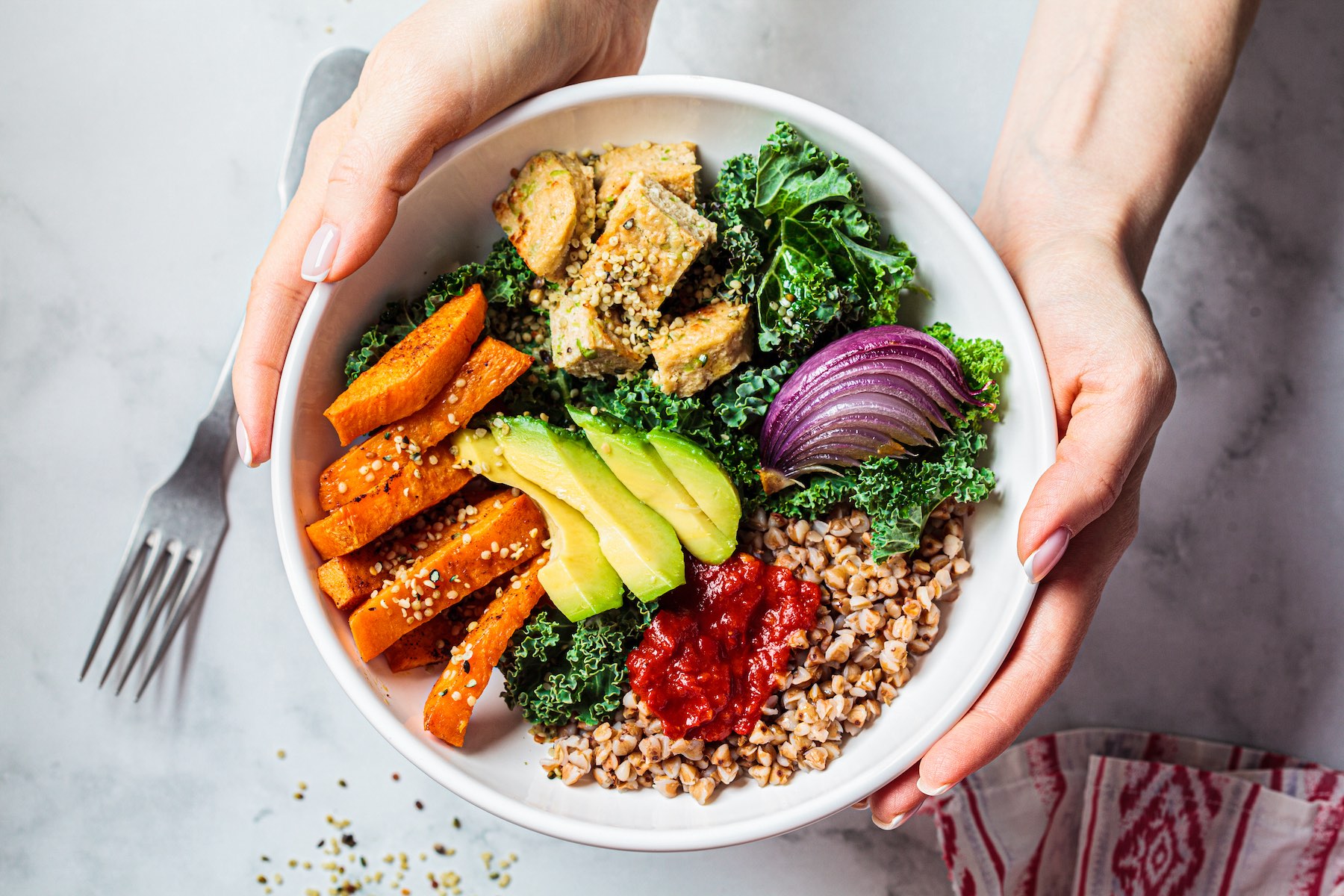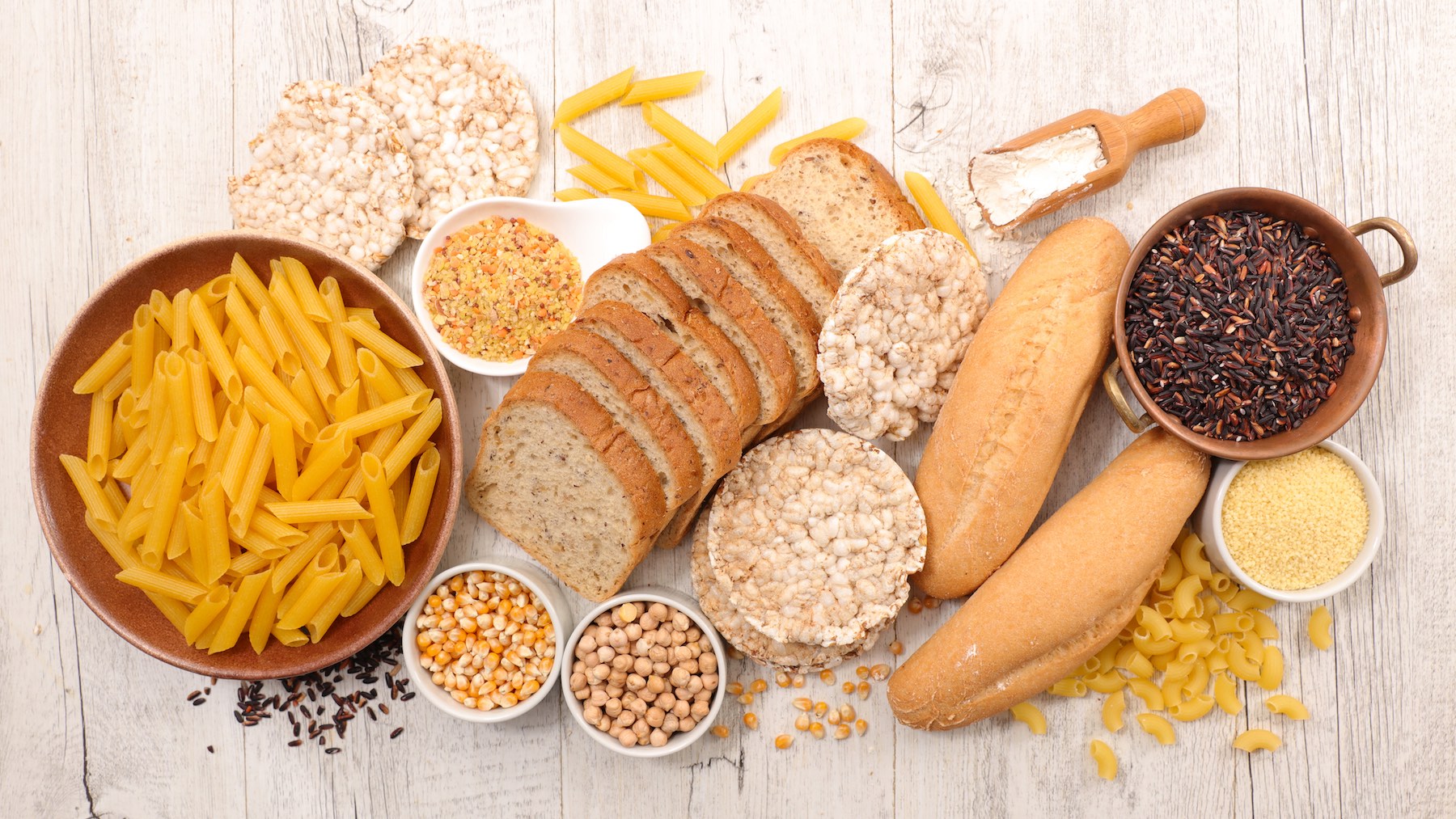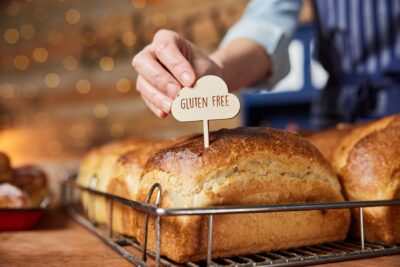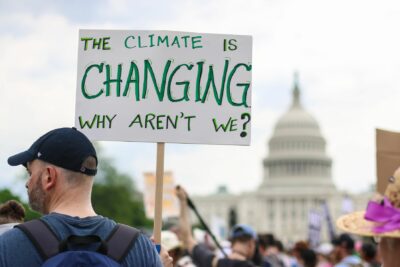What is Celiac Disease?
Celiac disease (or, in the UK, coeliac disease) is a condition in which eating gluten triggers a person’s immune system to attack their own tissues. This damages their gut lining and reduces their body’s ability to absorb nutrients properly. About one percent of the population in the US has this condition, the symptoms of which are incredibly debilitating. They include diarrhea, bloating, abdominal pain, unintentional weight loss, and fatigue.
Is Celiac Disease the Same as Gluten Intolerance?
No. These often get confused but celiac disease is an autoimmune condition, whereas gluten intolerance is a sensitivity to gluten. Although the symptoms can be very similar, more people — around six percent of the US population — are gluten intolerant than have celiac disease.
Can Celiac Disease Be Cured?
There is no cure for celiac disease, but it can be managed through diet, which specifically means avoiding gluten.
What Foods Contain Gluten?
Gluten is a protein that is found in three kinds of grains: wheat, rye, and barley. Anything made with these cereals is best avoided by people with celiac disease. That means avoiding:
- Bread, cakes, and many baked goods made with flour from these grains
- Pasta, made from wheat
- Many breakfast cereals
- Many convenience foods, including some sauces and condiments
- Beer
- Oats are gluten-free but are often contaminated with gluten from wheat, rye, or barley during the milling process.
What is Veganism?

Veganism is the avoidance of any product that is created by the exploitation and harm of animals. That means: meat, fish, dairy products (milk, cheese, yogurts, cream, ice cream), eggs, and honey, as well as any product that contains these ingredients. Vegans instead eat from the wealth of the plant kingdom: vegetables, fruits, beans, lentils, herbs, salads, nuts, and seeds, as well as all the products made from them. Many vegan products — such as vegan burgers, hot dogs, shrimps, fried chicken, mayonnaise, ice cream, and cheese — look and taste like their animal-based counterparts, which just goes to show the versatility of plants!
Why Do People Go Vegan?
There are lots of reasons why people choose to be vegan. For many, the exploitation of animals is a justice issue, and they will not eat foods that cost others their lives. Others recognize the deep harm that animal agriculture does to the planet, in terms of climate change, water and air pollution, deforestation, loss of wild species, eutrophication, and ocean dead zones. They boycott this reckless and destructive industry to protect our shared home. And some people choose to eat a plant-based diet for their own health, because all processed meats cause cancer, red meats are ‘probably carcinogenic’, dairy is implicated in increased cancer risk and many animal products contain heart-damaging saturated fats. Vegans, on the other hand, tend to suffer less from heart disease, diabetes, and some cancers. Of course, lots of us are vegan for all these reasons!
Can You Be Vegan With Celiac Disease?
You can, but it certainly takes a little more thought and planning than just being vegan or just having celiac disease. Since both animal products and gluten find their way into many foods, when someone with celiac disease becomes vegan, they may find the choice of brands or products available to them narrows noticeably.
If we are able to cook from scratch, things get easier. Similarly, if our local store stocks a good range of gluten-free products, we are likely to find quite a few that are vegan, too. After all, lots of brands recognize the need to create free-from products to suit multiple markets, and so they make gluten-free items that are vegan as well.
Most people find it takes some adjusting, but there are many vegans out there who have celiac disease and prove that it is entirely possible.
Tips for Being Vegan with Celiac Disease

1. Choose Like for Like
Most of us rely on some convenience foods most days, so take a little time to find staple pantry items such as bread, pasta, and breakfast cereals that are both vegan and gluten-free. (Many stores have dedicated free-from sections where you may find these.) Choose soy milk over oat milk (unless you can find gluten-free oat milk) and spend some time reading labels to find what products will work for you. It’s best to do this when you are not rushing, and when you are not already hungry and frustrated.
2. Embrace Cooking
If you have time to cook from scratch, you can better control the ingredients you are ingesting. You’ll know that the pancakes you have for breakfast are made with buckwheat flour, or the stew you’re cooking for dinner is thickened with peanut butter, not gluten-contaminated corn starch. Batch cooking can take some of the stress out of cooking from scratch, and means you don’t need to find time to make whole meals every day.
3. Find Your Tribe
Rest assured, you are not the only vegan with celiac disease, so join groups online where you can connect with others. There, you will find a wealth of experience and knowledge, and meet lots of people who can suggest products, tips, and advice.
4. Get Some Culinary Inspiration
There’s no doubt that being vegan with celiac disease can be challenging, but if you can find a food channel or recipe creator that you love, they can take the strain out of many a meal time. Try these recipe sites to start you off: Eat Plant-Based, Rebel Recipes, and The Simple Veganista.
5. Keep Snacks Available
We are all likely to make poor decisions when we are hungry. We’ll grab a bag of anything if it stops our stomachs rumbling, even if it makes us feel ill or guilty a few moments later. Set yourself up for success by keeping gluten-free vegan snacks readily available.
6. Plan Ahead
If you know you have a busy week coming, take some time to prepare. Can you ensure the freezer is stocked with meals? If you are going to be traveling, can you pack a bag of snacks to take with you? And before you leave, take some time to search out restaurants where you will get a good meal. Vegetarian and vegan restaurants often list which options are gluten-free, making these a great option for eating out. Check the HappyCow app or website to find your nearest veggie-vegan store or restaurant.

7. Focus on Abundance!
It is easy to dwell on the things we cannot have, but if we focus our energies and attention on all the things we can, we can find joy and contentment. (And isn’t this true of many areas of life, and not just food?!) Often, we limit ourselves to the same tried-and-tested meals or foods, but there is much more available for us if we look for it. Don’t be afraid to try new things.
8. Treat Yourself
There are several vegan gluten-free subscription boxes available where you will receive a box of delicious hand-picked goodies every month. If you can afford to do this (or perhaps you can ask for it as a birthday gift) then you will always have something lovely to look forward to, and can take a break from label-reading.
9. Be Kind to Yourself
Both new and seasoned vegans make mistakes, and when you need a gluten-free diet, the chances of slip-ups can increase. If you eat something that has animal products in it either accidentally or because you just couldn’t find anything else, don’t beat yourself up. We do not live in a perfect world. If we did, and could devise a food system from scratch, we could ensure there was plenty of affordable, delicious, wholesome, plant-based, gluten-free foods readily available for us to choose from. The reality is we have to choose from whatever is marketed around us. So, if you have a bad day, be kind to yourself. And don’t let it be a reason to give up.
For more information, check out PlantDietitianRosie, a nutritionist who has been vegan for a decade and was diagnosed with celiac disease as a baby. And VeganCeliac, who features lots of tasty vegan, gluten-free foods.



